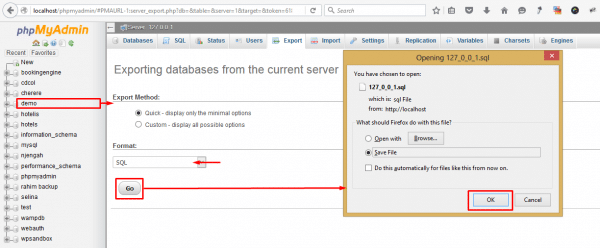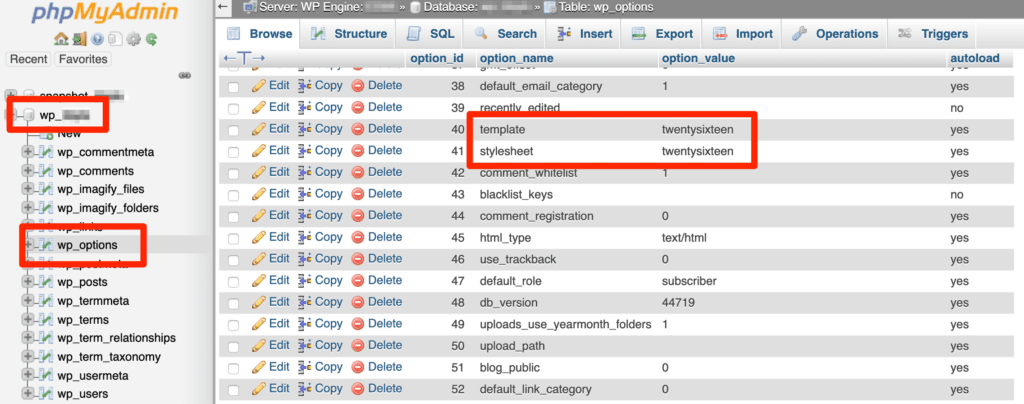

When you click on this button you will be redirected to Phpmyadmin, some hosting environments may have direct access to Phpmyadmin while others will require you to log in. On your hosting control panel find the icon for Phpmyadmin.

For live sites, Phpmyadmin can be accessed through your hosting Control Panel. Phpmyadmin is free software that is very useful for accessing WordPress databases and making changes.
Wordpress phpmyadmin how to#
For a quick installation on localhost, see my previous tutorials – Installing WordPress on localhost Xampp or Wamp Accessing WordPress Database via PhpmyadminĮnsure you have backed up your WordPress database or you have installed WordPress on your localhost for you to learn how to manipulate the database using Phpmyadmin. You can also install a dummy site on your localhost and use it to learn how to manipulate your WordPress database using Phpmyadmin. It is advisable to begin by backing up your database before you can start learning how to manipulate it using Phpmyadmin. It is therefore important to always back up your WordPress site database and you can easily backup your site with the best 10 free backup plugins. WordPress uses a wp-config.php file to communicate with the database and any misconfiguration leads to a database connection error. When this database is damaged, corrupted, or deleted, there is no other way to restore your site.

This database is very important since it contains all the data on your site. All the information published in your WordPress site either as posts, pages, media, or custom posts, is store in the MySQL database that is located in your hosting server. WordPress is built using PHP and uses MySQL database.


 0 kommentar(er)
0 kommentar(er)
